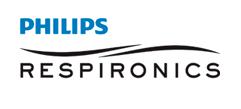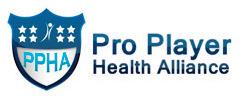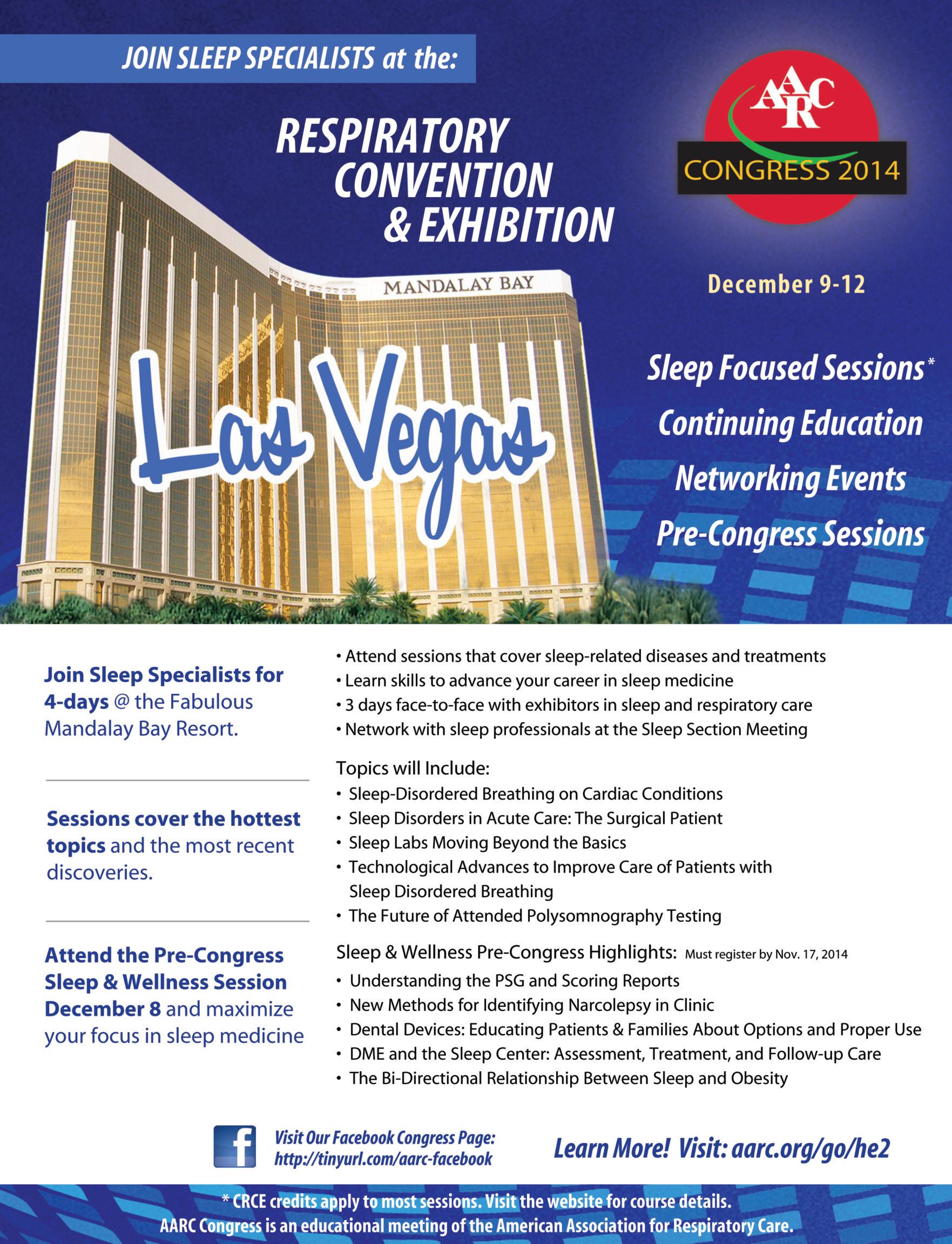
4 minute read
A few Words From AARC Directors
A FEW WORDS FROM AARC EXECUTIVE OFFICE
BY TOM KALLSTROM AND TIM MYERS
Advertisement
N
TOM KALLSTROM MBA, RRT, FAARC IS THE EXECUTIVE DIRECTOR AND CEO OF THE AMERICAN ASSOCIATION FOR RESPIRATORY CARE (AARC). TIM MYERS MBA, RRT-NPS, FAARC IS AN ASSOCIATE EXECUTIVE DIRECTOR WITH THE AARC. THE AARC AND THE AMERICAN SLEEP & BREATHING ACADEMY (ASBA) HAVE COLLABORATED EXTENSIVELY OVER THE PAST YEAR TO PROMOTE PATIENT AND CAREGIVER EDUCATION AND MULTIDISCIPLINARY COLLABORATIVE CARE FOR PATIENTS WITH BREATHING DISORDERS, PARTICULARLY DISORDERS THAT RELATE TO SLEEP. KALLSTROM AND MYERS RECENTLY SHARED A FEW OF THEIR THOUGHTS REGARDING THE RESPIRATORY PROFESSION AND THE DIAGNOSIS AND MANAGEMENT OF SLEEP DISORDER BREATHING FOR SLEEP & WELLNESS MAGAZINE READERS.
1. 2.
ROLE OF THE AARC WHATARERESPIRA TORYCONDITIONS, ANDWHATRISKSDO THEYPOSE?
• Encourages and promotes professional excellence while serving as a resource for patients, government agencies, and national institutions about respiratory health issues
• Advocates for patients and their families with respiratory conditions
• Advances the science and practice for respiratory therapists Some commonly known respiratory disorders are asthma, obstructive sleep apnea, chronic obstructive pulmonary disorder (COPD), emphysema, pneumonia, tuberculosis and bronchitis.
It’ s important for people who suspect they have an acute or chronic respiratory condition to meet with their physician and get an accurate diagnosis and proper, ongoing treatment. Patients with undiagnosed respiratory conditions, such as sleep apnea, may suffer from daytime sleepiness, which not only degrades their quality of life but also puts them and others in danger if they drive or operate machinery. It’ s estimated that drowsy drivers cause thousands of fatalities every year in the U.S. People who work long or late shifts or work in high-stress positions may also make critical mistakes that endanger themselves and others when they don ’t get enough sleep.
Patients with respiratory conditions also have an increased risk of developing other acute or chronic health issues, such as diabetes or cardiovascular problems. Somatic heart disease has been identified as a possible risk of having undiagnosed sleep apnea, for instance.
3.
WHATISTHE BESTWAY TOTREAT RESPIRATORY CONDITIONS?
The best treatments for respiratory conditions address overall wellness instead of just treating the symptoms of the condition. Treatment can include traditional medicine, the use of supportive equipment like a CPAP machine, dental devices, diets and exercise for weight loss, and improved sleep habits.
Coordinated, interdisciplinary care is a key feature of Accountable Care Organizations (ACO’ s), which have a growing presence in the healthcare arena; they represent a shift in healthcare from treating disease to promoting wellness. Currently, ACO’ s are groups of hospitals, doctors , and other healthcare specialists who join together to provide care for chronically ill patients. Patients and healthcare providers benefit from ACO’ s because they improve the overall quality of care while reducing costs. ACO’ s are also unique in that they provide a financial incentive for healthcare providers to coordinate care and reduce costs for patients, whereas traditional medical systems pay providers a fee for services rendered. The AARC has been instrumental in recommending that respiratory therapists be included in ACO’ s to help patients with respiratory disorders. S&W
TOM’S TIPS FOR BETTER SLEEP
• Manage stress by designating times for different activities.
Don ’t eat late at night. Avoid alcohol at night. Read a book before bed.
• Go to bed at the same time every day.
TIM’S TIPS FOR BETTER SLEEP
• Find a good work-life balance.
• Stick to a routine.
Eat healthy meals. Exercise.
• Maintain these good habits even when you travel.
Educational Material
RESPIRATORY CARE – a scientific journal that deals with the subject area of the same name, and thus publishes articles pertaining to disorders affecting the cardiorespiratory system, including their pathogenesis, pathophysiology, manifestations, diagnostic assessment, monitoring, prevention, and management.
The Clinician’s Guide to PAP Adherence – a guide for clinicians that includes information about positive pressure device compliance and best practices for treatment in a user-friendly Q&A format
AARC U- The AARC University is the AARC’ s official educational portal, allowing participants to access educational content, earn continuing respiratory care education credits, and expand their ability to provide excellent patient care.
Web sites maintained by reputable sources: CDC.gov, www.nih.gov, AARC.org, www.yourlunghealth.org
TO OUR SPONSORS
A T T H E 2 0 1 4 C O N F E R E N C E


Circadian Sleep Disorders Network














